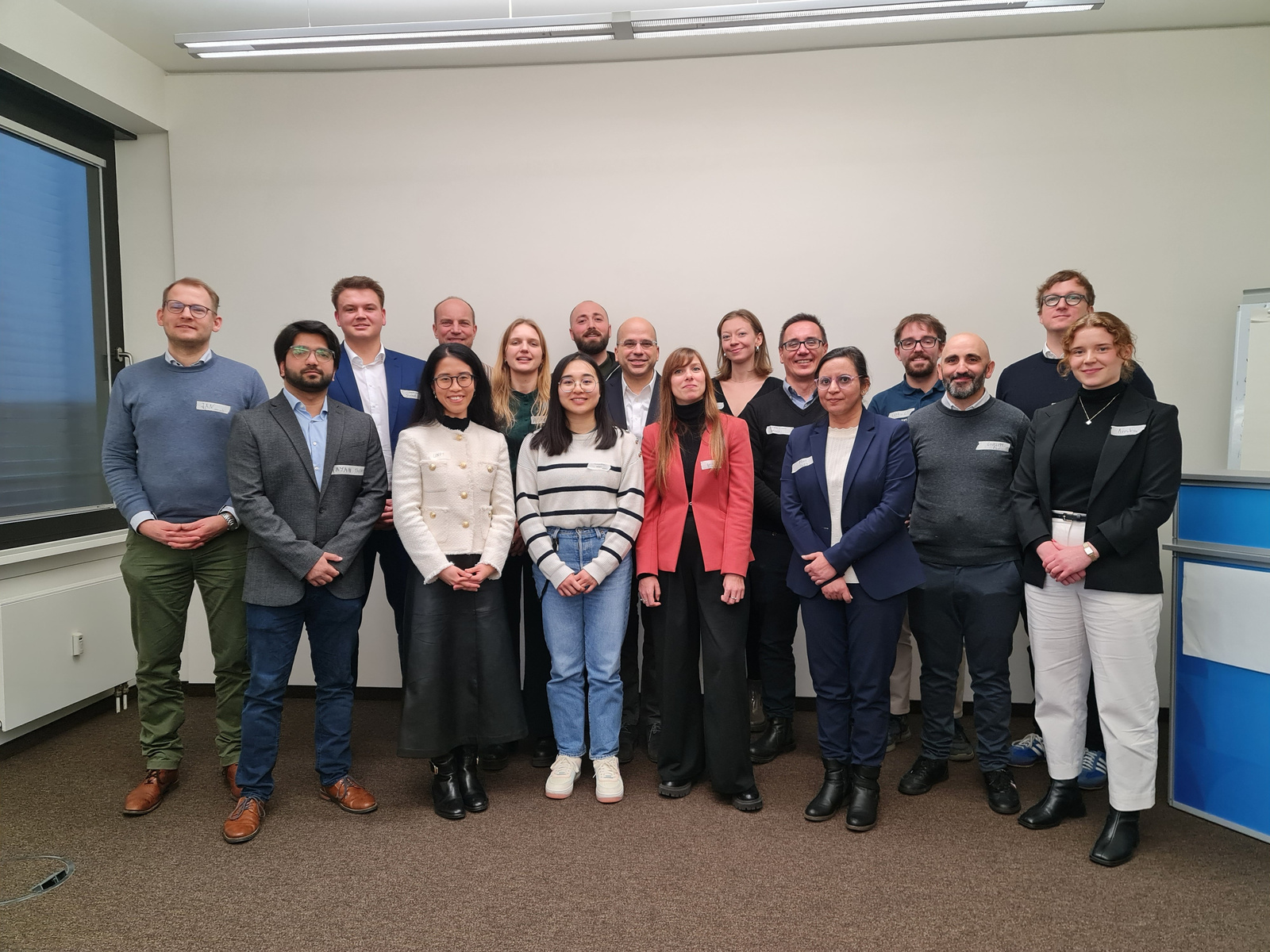European Consortium Launches DELYCIOUS Research Project to Optimize the Operation of Renewable Hydrogen Production Units
A consortium of eight European partners announces the launch of DELYCIOUS (Diagnostic tools for ELectrolYsers: Cost-efficient, Innovative, Open, Universal and Safe) research project on 1 January, 2025 – aimed at developing advanced diagnostic and monitoring tools for water electrolysers.
The project, coordinated by Fraunhofer Institute for Wind Energy Systems IWES (Fraunhofer IWES), brings together leading research institutions and industry players from five EU member states.
As Europe accelerates its transition to clean energy, the Net Zero Industry Act identifies low-carbon hydrogen production as a strategic priority. DELYCIOUS tackles key challenges in water electrolysis technology, focusing on extending electrolyser lifespans and reducing operational costs under variable renewable energy sources.
DELYCIOUS Innovation and Impact
The project pioneers innovative approaches by integrating Raman and Electrochemical Impedance spectroscopies with advanced physical and data-driven modelling. These tools will be validated across three major electrolysis technologies: alkaline (AEL), proton exchange membrane (PEMEL), and solid oxide electrolysis (SOEL), with a demonstration on alkaline electrolysers beyond 100 KW. “DELYCIOUS represents one more step forward in making green hydrogen production more efficient and cost-effective”, says Aline Luxa, Coordinator at Fraunhofer IWES. “Our consortium’s diverse expertise positions us to develop universal diagnostic tools that will be crucial for the widespread adoption of water electrolysis technologies.”
Expected impacts include:
- Advancing scientific knowledge in electrolyser diagnostics and fault detection.
- Building capacity through training new experts in renewable energy and AI-driven diagnostics.
- Contributing to the development of renewable hydrogen production in Europe and the integration of renewable energies.
- Strengthening Europe’s position in the growing renewable hydrogen market.
- Contributing to UN SDGs, particularly clean energy (SDG7), industrial innovation (SDG9), responsible production and consumption (SDG12), and climate action (SDG13).
Strategic Roles of Consortium Partners
- Fraunhofer IWES (Germany) leads the project and will conduct large-scale validation testing on an AEL stack exceeding 100 KW, leveraging their extensive testing infrastructure at Hydrogen Lab Leuna and expertise in detailed modelling.
- Air Liquide R&D (Innovation Campus Frankfurt, Germany) contributes their expertise in performance analysis and data-driven approaches, leading the development of diagnostic algorithms and conducting ab-scale tests, as well as acting as Technical Coordinator.
- ETA Florence (Italy) manages the dissemination and communication activities, ensuring effective stakeholder engagement and knowledge transfer.
- Dumarey Softronix (Italy) develops the advanced control systems and innovative software solutions, with particular emphasis on diagnostic strategies and system optimization.
- Horiba (France) leads hardware integration, providing their world-leading expertise in spectroscopic instrumentation and high-performance optical components for process control.
- University of Twente (Netherlands) brings their rich experience in multiscale modelling and ceramic-based electrochemical devices, focusing on the development of multiphysics models for electrolyser diagnostics and fault detection, and SOEL testing.
- SIVONIC GmbH (Germany) provides specialized impedance spectrometers and ensures optimal impedance measurements for both laboratory and large-scale validation tests.
- Stargate (Estonia) contributes their novel alkaline electrolyser technology and expertise in electrochemical characterization methods, offering their systems for validation.
Acknowledgement and Disclaimer:
The project is supported by the Clean Hydrogen Partnership and its members under the GA 101192075. Co-funded by the European Union. Views and opinions expressed are however those of the author(s) only and do not necessarily reflect those of the European Union or the Clean Hydrogen Partnership. Neither the European Union nor the granting authority can be held responsible for them. The project will run until the end of 2027.

